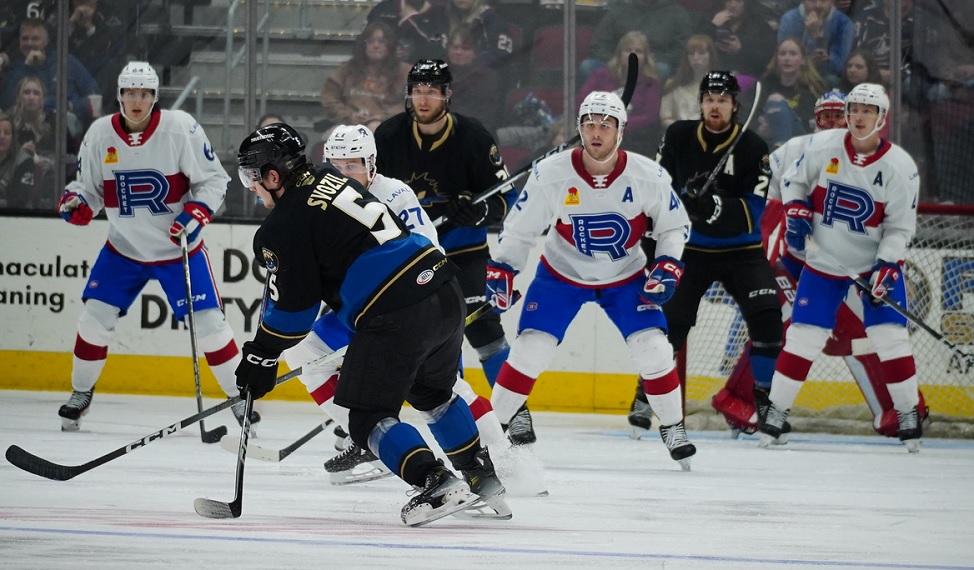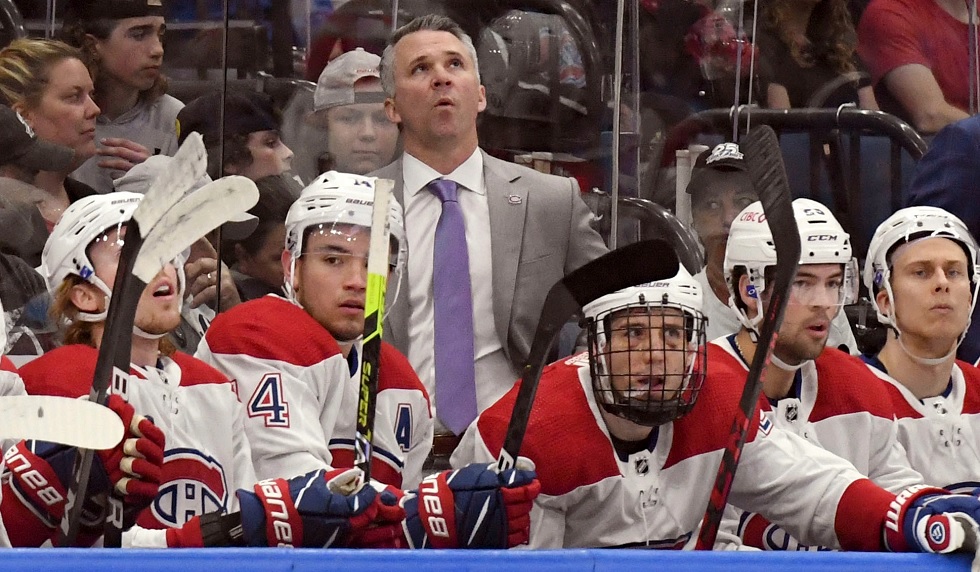HabsWorld.net --
There are few events in the NHL looked forward to with as much anticipation, fuelling as much speculation, as the annual trading deadline. Looked on by many as the chance for the contending teams to potentially add the last piece to their Stanley Cup puzzle, for team’s out of the playoff hunt, the deadline represents an opportunity to gain prospects for the future in exchange for their most valuable assets.
Teams are usually divided into buyers and sellers. This year, however, has seen an unforeseen level of parity throughout the league, resulting in the buyers outnumbering the sellers by a substantial market.
No other event sparks as much fan interest or speculation like the deadline. Fans become armchair general managers, and suggest potential trading partners for their favourite team.
Nowhere, has this sensation been more acutely felt than in the fan base of the Montreal Canadiens. One of the league’s major surprises, the Canadiens find themselves near the top of the standings in the Eastern Conference. This has naturally, increased the level of scrutiny faced by Montreal’s general manager, Bob Gainey.
The Canadiens success has been based on the emergence of many of the team’s home-grown younger players, and the excellent play of Alex Kovalev. Montreal’s surprising showing in the standings has led many in their rabid fan base to suggest that the Canadiens are legitimate Stanley Cup contenders. It is this segment of the fan base that has been the most aggressive in their belief that Gainey should recruit another player, in the hopes of a Cup that has eluded Montreal for fifteen years.
One of the secret’s to the Canadiens ascendancy has been Gainey’s patient hand steering the team. This has resulted in Montreal’s success being achieved by promoting players from within, players drafted and groomed by the Canadiens. The result is the Canadiens possess one of the strongest groups of young talent in the entire league.
And therein lies the problem facing Gainey over the next two weeks. Does Gainey go after that one player who could potentially put the Canadiens over the top, and most importantly does he do that at the expense of some of the organization’s top prospects?
Gainey’s decision comes down to one simple question; does he believe the Canadiens are one or two player’s away from a potential Stanley Cup?
For many fans and those in the media, the move is simple; add Marian Hossa, Olli Jokinen, and the Canadiens immediately vault themselves to the front of the pack.
If the Canadiens have had one glaring problem this year, it is the lack of scoring from the Saku Koivu-Chris Higgins-Michael Ryder line. This line of thinking assumes that Koivu needs an outside presence to help spark his game.
The problem in acquiring Marian Hossa, Olli Jokinen, or any unnamed superstar, is the price that the Canadiens will have to pay to gain this superstar addition.
When discussing various trade scenarios many conveniently overlook that there is a price to be paid for this type of acquisition. In other words, to get something of value, one must be ready to part with something of value. In the case of the Canadiens, this may involve two younger players off the current team, two of the best prospects in the organization, and potentially high draft picks; a tremendously, bountiful amount for any one player.
Now if Gainey believes that the Canadiens are a player away from winning the Stanley Cup this year he may pursue this option. However, is he willing to potentially mortgage part of his future for this short term goal? There are many who believe that Gainey will be extremely hesitant to make this type of deal. However, in looking at some of Gainey’s past trades with the Canadiens, and before that the Dallas Stars, one finds that he is willing to pull the trigger on this type of deal; witness the trading of can’t miss prospect Jarome Iginla to Calgary in exchange for Joe Nieuwendyk. And while Nieuwendyk was instrumental in a cup victory for the Stars, the ensuing years have seen Iginla become one of the game’s best players, and therein lies the risk.
The other consideration for Gainey in acquiring a top flight player is the potential high priced contract that player will be getting at the conclusion of the season. With many of the Habs young stars in line for pay raises in the near future (Komisarek, Plekanec, Kostitsyn, and Streit) how much room does Gainey have in the budget? On the flipside if Gainey decides that the new acquisition is a rent-a-player, is he still willing to sacrifice so much of the Canadiens’ future?
At this point there are many more sellers than buyers amongst NHL gm’s. This means that the price too acquire players is going to be high, with competition from various teams driving up the market. Is Gainey willing to go down this slippery slope?
But do the Canadiens need more scoring? Currently, the Habs have scored the third most goals and possess the best power play in the league, but rank seventeenth in goals against.
For potential clues about Gainey’s thought process, one has to look at his midseason press conference. Gainey cited his main concerns with the team;
-wanted the Canadiens to spend less time in their own zone
-wanted to see the penalty killing improve by at least a few percentage points
-an improvement in the team’s home record
But, Gainey reserved his harshest criticism for the teams abysmal face off record, stating that; “Hopefully the players who are here can find a solution to the problem. If not, I will look into finding someone, adding someone who can win the important faceoffs.”
Obviously the Canadiens recent slide, which has included a rise in goals against, has probably done little to alter Gainey’s thinking.
So don’t be surprised to see Gainey try and acquire a shutdown forward, skilled on faceoffs, and solid in his own zone. If the Ottawa game showed us anything, it’s that the Canadiens are lacking a shutdown line. The key to defeating Ottawa is shutting down their potent top line. In last year’s final, Anaheim was up to the task, and was able to sip from the Stanley Cup.
The other decision facing Gainey is the future of the Koivu-Higgins-Ryder line. Does he feel that a new forward will help ignite Koivu’s game, or does he stick with this line, hoping that it regains it’s momentum from last year? Basically, it boils down to this; how much confidence does Gainey have in Koivu’s ability to lift his game? The same can be said of both Higgins and Ryder. Does Gainey trust both of them to regain their scoring touch? Because if they do, the Canadiens immediately become a much better team, a squad with two potent scoring lines.
Right now, the Canadiens are in danger of becoming a one line team, a fate that won’t help them succeed come playoff time.
Bob Gainey has always held his cards very closely to his vest. If he makes any moves they will probably be ones that you haven’t read in the paper beforehand. Keep in mind that Gainey is very concious of the big picture, and is probably unprepared to mortgage too much of his future for a short term gain, especially when that gain may not translate into a Stanley Cup.

